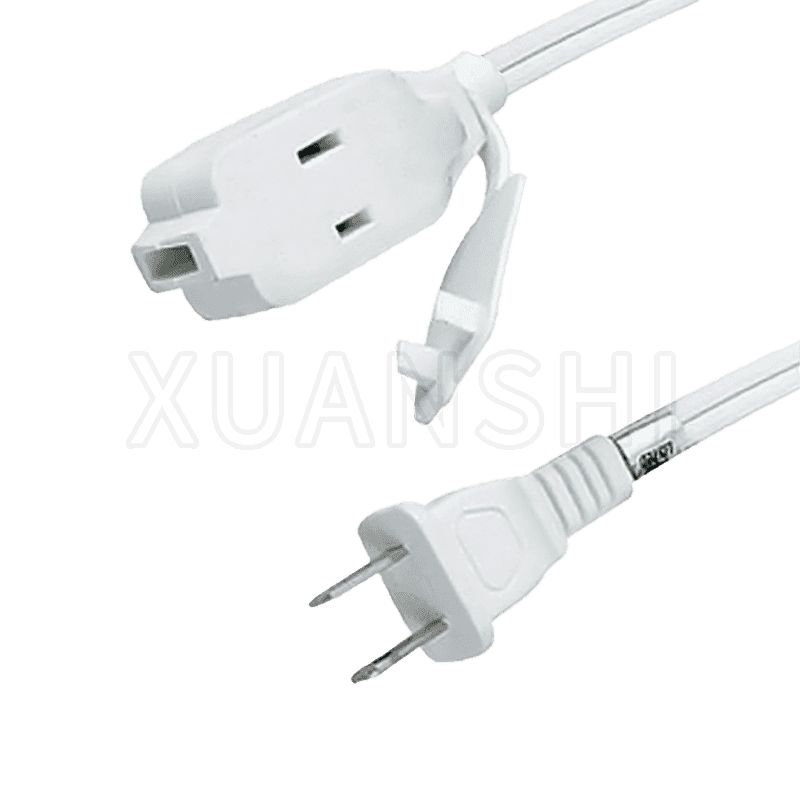Properly grounding an extension cord is essential for preventing electrical hazards. Here's a step-by-step guide:
Inspect the Extension Cord: Begin by examining the entire length of the extension cord meticulously. Look for any visible signs of wear and tear such as cuts, abrasions, or punctures along the insulation. Pay close attention to areas where the cord may have been bent or twisted excessively, as these regions are prone to damage. Inspect the plug and socket ends for any signs of damage, corrosion, or loose connections. Run your fingers along the length of the cord to feel for any irregularities such as bumps or bulges, which may indicate internal damage. If you encounter any such issues, immediately cease using the extension cord to prevent the risk of electrical hazards.
Choose a Grounded Outlet: When selecting an outlet for the extension cord, prioritize grounded outlets to ensure the safety of your electrical devices and appliances. These outlets feature a grounding terminal, typically distinguished by a round-shaped hole, which provides a path for excess electrical current to safely dissipate into the ground. Avoid using ungrounded outlets or adapters that compromise the grounding feature, as this can result in electrical shocks, equipment damage, or even fires.
Check the Grounding Prong: The grounding prong on the extension cord's plug is instrumental in establishing a secure connection to the grounding terminal of the outlet. Carefully inspect the prong to ensure it is intact, straight, and free of any defects. Verify that the prong is properly aligned with the other two prongs on the plug to facilitate smooth insertion into the outlet. If the grounding prong appears damaged, bent, or missing, refrain from using the extension cord and replace it promptly with a new one to maintain electrical safety standards.
Insert the Plug Properly: When inserting the plug into the outlet, exercise caution to avoid any undue strain or force that could damage the plug or outlet receptacle. Align the plug's prongs with the corresponding slots in the outlet, ensuring a snug fit without any wobbling or looseness. Apply gentle pressure to insert the plug fully into the outlet, taking care not to bend or distort the prongs in the process. Once inserted, give the plug a slight tug to confirm that it is securely seated in the outlet, with all prongs making firm contact for optimal electrical conductivity.
Utilize Grounding Features: Some extension cords are equipped with additional grounding features designed to enhance their electrical safety and performance. These may include metal grounding strips, terminals, or connectors that facilitate a more robust grounding connection. Take advantage of these features by ensuring they are properly installed and securely fastened to compatible grounding points or terminals as specified by the manufacturer. Periodically inspect these grounding components for signs of corrosion, damage, or loosening to maintain optimal electrical safety and reliability.
Avoid Overloading: Overloading an extension cord by exceeding its rated capacity can lead to overheating, insulation breakdown, and fire hazards. Before connecting any devices or appliances to the extension cord, carefully review its wattage or amperage rating to determine the maximum load it can safely handle. Avoid daisy-chaining multiple extension cords together or plugging in high-power devices that exceed the cord's capacity. Instead, distribute the load evenly across multiple outlets or utilize power strips with built-in overload protection to mitigate the risk of electrical overloads and ensure safe operation.
American Standard Socket Extension Cord JL-23,JL-17D
